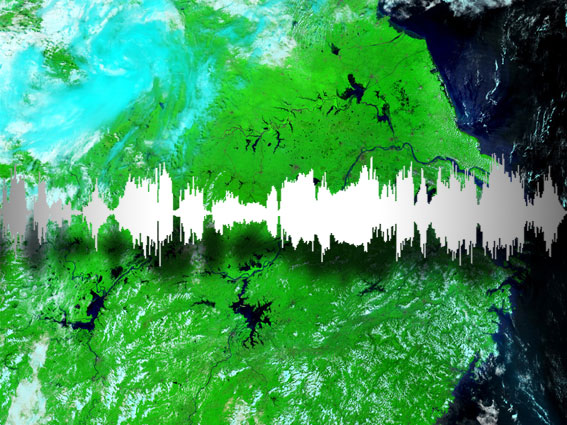Official Language: China, Singapore
Official Status: Macao
Home Speakers: Myanmar, Cambodia, Indonesia, Philippines, Malaysia, Thailand, Vietnam. It is also an important immigrant language, especially in North America.
Background
Chinese is the official language of over 1,1 billion people and, as a mother tongue, it is the most spoken language in the world. With regard to its classification, it is considered an isolated language, though it is the most important one within the Sino-Tibetan superfamily. Chinese is the language of the Han people, the majority ethnic group of China. Modern Standard Chinese is known as “Putonghua” (General Language) in mainland China, and as “Guoyu” (National Language) in Taiwan (Mandarin in English). Like most related languages it is monosyllabic, has very little inflection, and is tonal, assigning to words a distinctive relative pitch or pitch contour. Spoken Chinese comprises many regional varieties. Although they employ a common written form, many are mutually unintelligible. The dialect spoken in Beijing constitutes standard Mandarin, which forms the basis both of the modern written vernacular and of the official spoken language. Main varieties include Wu, Min, Cantonese, and Hakka. As a script, Chinese is derived from picture writing. It is written with thousands of distinctive characters called ideographs which have no relation to the sound of a word. In a large dictionary there are 40-50,000 characters, while the telegraphic code book contains nearly 10,000. The earliest Chinese characters were pictographs, such as a crescent for the moon, or a circle with a dot in the center to represent the sun. Gradually these gave way to non-pictorial ideographs which, in addition to standing for tangible objects, also represented abstract concepts. The majority of Chinese characters, however, consist of two elements: a “signific”, which indicates the meaning of a word, and a “phonetic”, which indicates the sound. Despite their staggering complexity, the Chinese characters do have the advantage of making written communication possible between people speaking mutually unintelligible dialects and languages. A given word may be quite different in Mandarin and Cantonese, but it would be written identically in the two dialects. Since the Chinese characters are also used in Japanese, each language, when written, is partially intelligible to a speaker of the other, despite the fact that the two spoken languages are totally dissimilar. Numerous attempts have been made over the years to simplify the Chinese system of writing. In the English-speaking world, since 1892, Chinese words have usually been transliterated according to a phonetic spelling system propounded by British scholars Sir Thomas Wade and Herbert Giles. Since 1958 a phonetic romanization known as “Pinyin” (spelling) has had official standing in the People’s Republic of China.
Reprinted from www.unhchr.ch/udhr/

